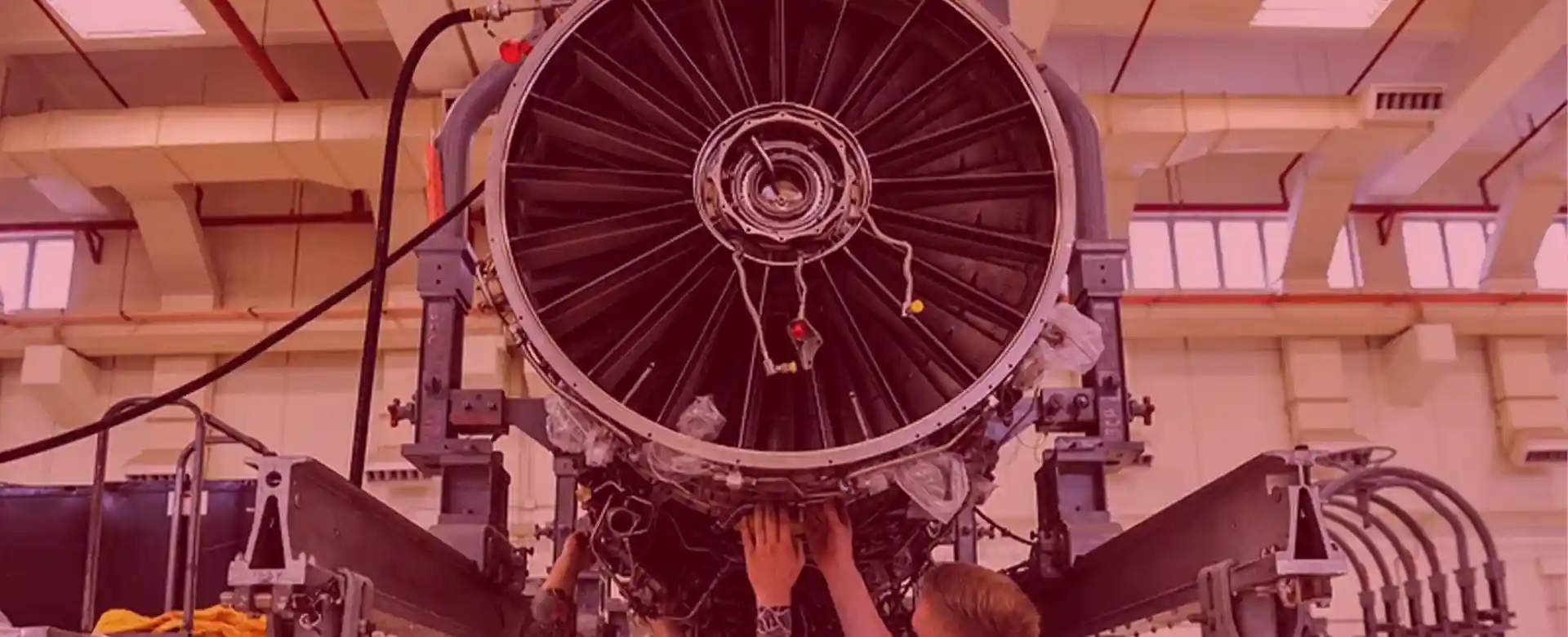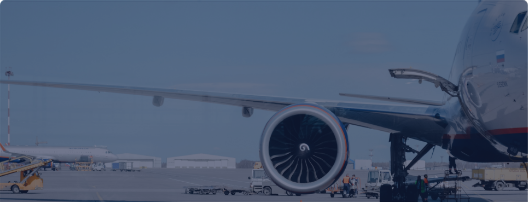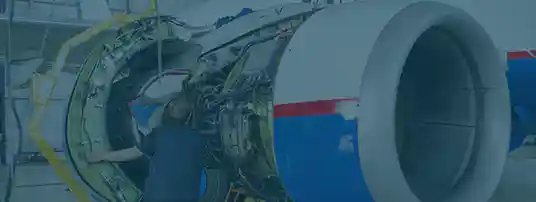
Please Contact us to Receive an Instant Quotation
Warrantied inventory at
competitive prices
Search the world’s largest inventory of civil aviation components by manufacturer, category, or part number
We sell only warrantied
and traceable parts
All inventory ready to ship
from our sellers

 The only independent
The only independent



“We Proudly Support Intrepid Fallen Heroes Fund that serves United States Military Personal experiencing the Invisible Wounds of War : Traumatic Brain Injury (TBI) and Post Traumatic Stress (PTS). Please visit website (www.fallenheroesfund.org) and help in their valiant effort”.
We Hope that You Will Visit Us Again the Next Time You Need Aircraft Parts and Make Us Your Strategic Purchasing Partner.
Request for Quote